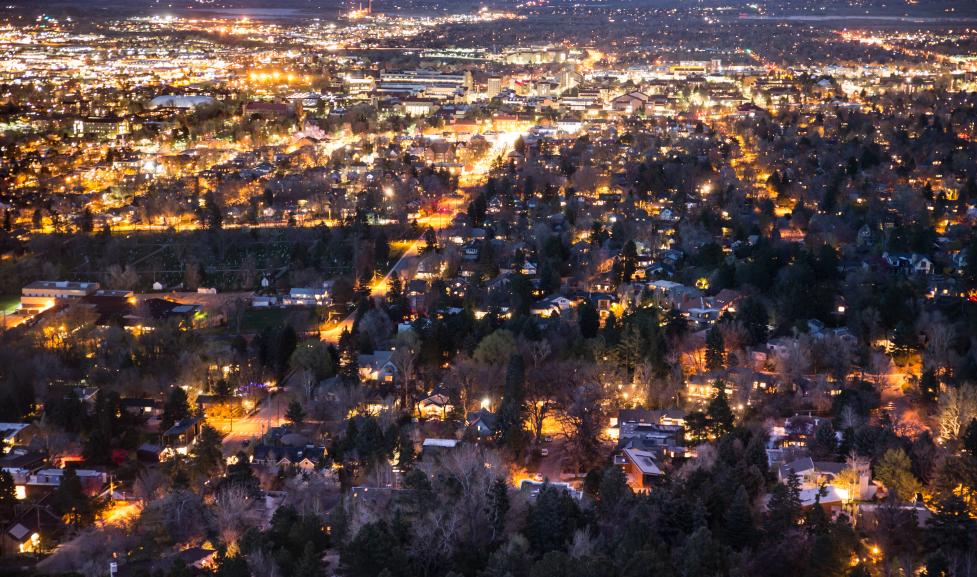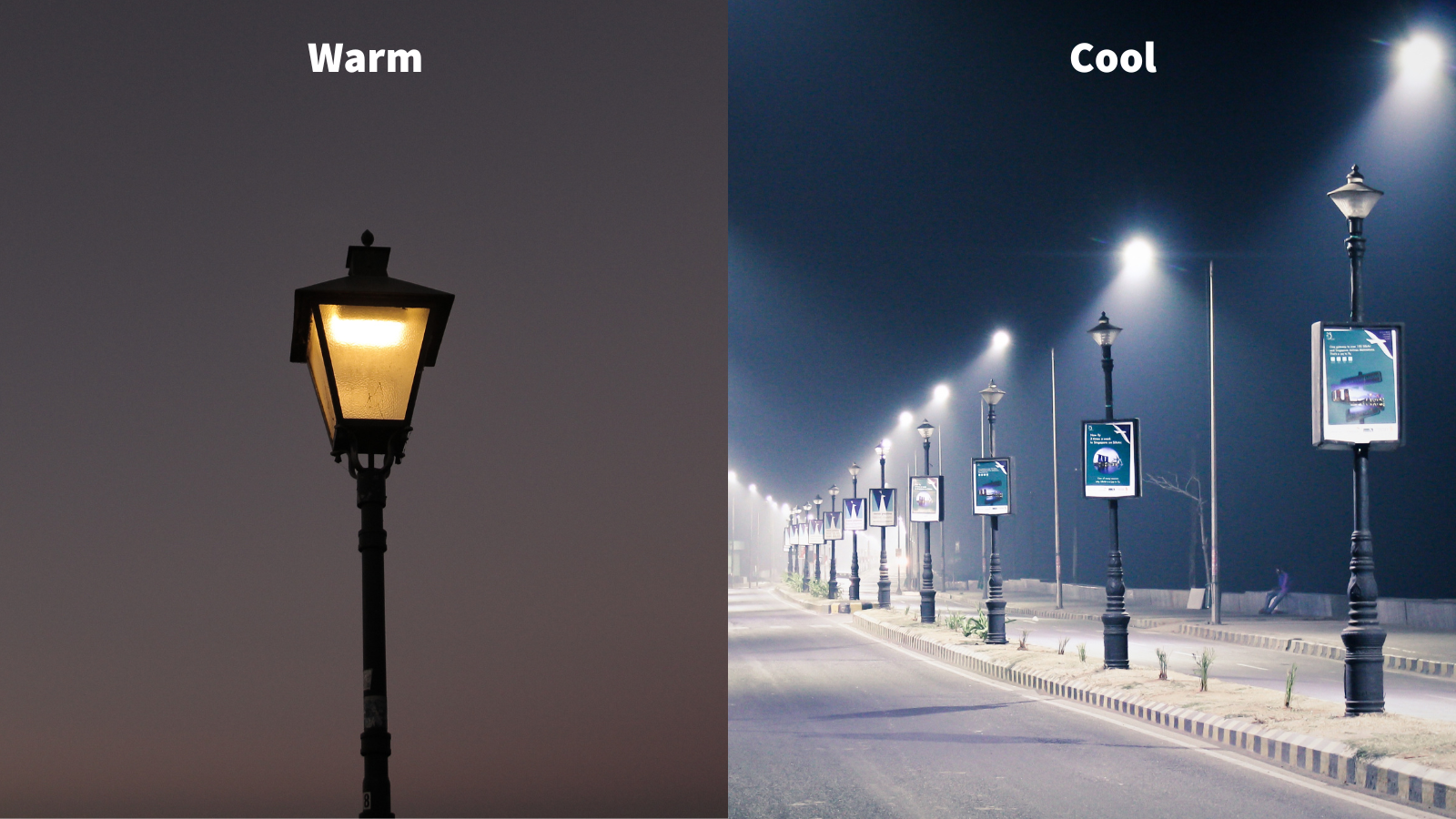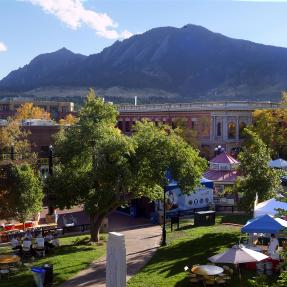Project Overview
We have purchased over 4,400 streetlights from Xcel Energy and are now converting these lights to more efficient LEDs. This project will save costs, update technology, improve reliability and safety, and reduce carbon emissions.
Colorado Lighting, Inc. (CLI) was selected as the installation contractor through a competitive bidding process. They are scheduled to begin the LED conversion in March 2025, with construction expected to take approximately 15 to 18 months.


